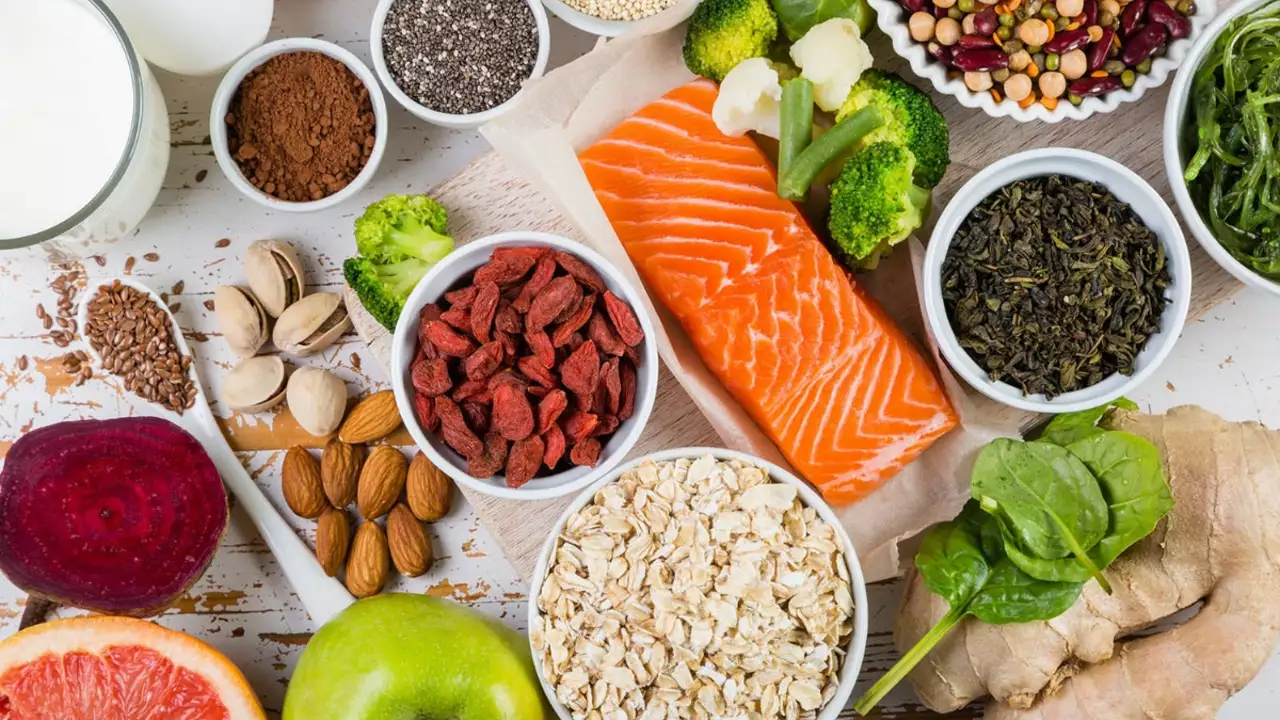Rhubarb: What It Is and Why People Use It
Rhubarb looks like a bright red stalk but it isn’t a fruit — it’s a vegetable used like a fruit. You’ll find it in pies, jams, and teas, and people also use it in supplements or herbal remedies. Before you toss it in your cart, here’s what matters: nutrition, how to cook it, and the safety points you should know.
Nutrition and real health benefits
Rhubarb is low in calories and offers fiber, vitamin K, vitamin C, and some calcium. It also has antioxidants called anthocyanins (those give the red color) and other polyphenols. These nutrients help digestion, support bone health thanks to vitamin K, and may reduce inflammation in small ways. If you want more fiber in desserts or want a tart flavor with fewer calories, rhubarb is a solid choice.
Some people use rhubarb internally for mild constipation because certain compounds can act as a gentle laxative. Others look to rhubarb extract in supplements for potential cholesterol or blood-sugar benefits, but clinical evidence is limited. If a study is referenced, it usually shows small effects and often uses specific extracts — not the stalks you eat in a pie.
Cooking, buying, and everyday tips
Buy firm, glossy stalks and avoid wilted or soft pieces. Store in the fridge wrapped in plastic for up to a week. Rhubarb pairs well with sweeter fruits like strawberries and apples to balance its tartness. Always remove and discard the leaves — they’re toxic because of high oxalate and other compounds. Cook stalks before eating for better texture and flavor; raw rhubarb can be very sharp and tough.
Simple uses: stewed rhubarb for breakfast, a strawberry-rhubarb compote, or roasted rhubarb alongside savory dishes like pork. If you want less sugar, roast rhubarb at 375°F with a sprinkle of honey or a squeeze of orange juice — it softens and sweetens naturally.
Supplements exist as powders, capsules, or teas. These often concentrate parts of the plant and may have stronger effects than food. Follow label directions and pick products from reputable brands with clear ingredient lists.
Watch for interactions: rhubarb is high in vitamin K, so it can affect blood thinners like warfarin. The leaves contain oxalates that can raise kidney stone risk, so people with kidney issues should avoid high intake. Because concentrated extracts can act like laxatives, avoid them if you’re pregnant, breastfeeding, or on certain medications for blood pressure, diabetes, or potassium balance without checking with a clinician.
If you want to try rhubarb more often, start small: add a spoonful of stewed rhubarb to yogurt or oatmeal. If you have chronic health issues or take prescription drugs, ask your doctor whether rhubarb food or supplements are safe for you.

